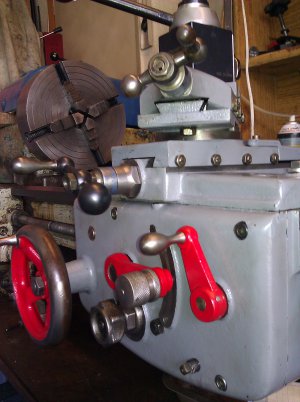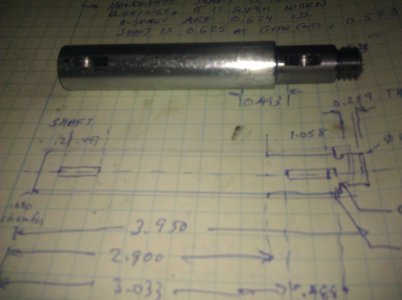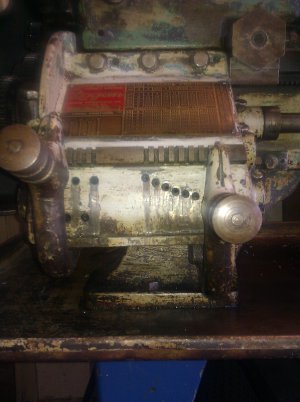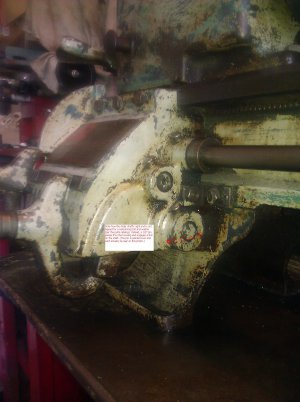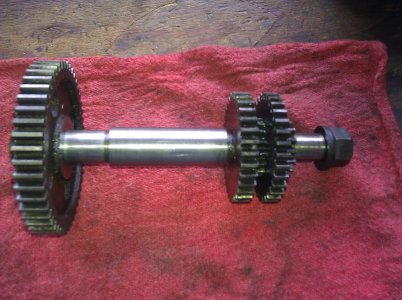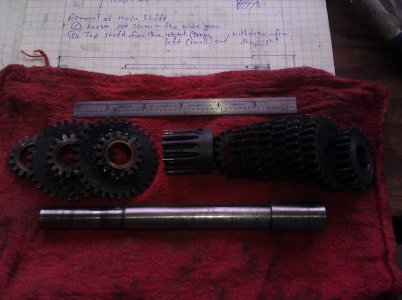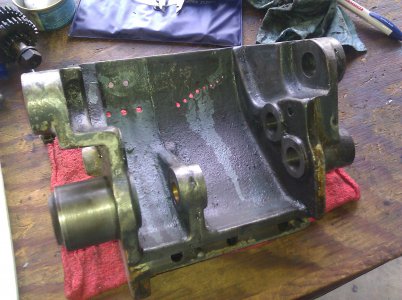- Joined
- Jul 27, 2013
- Messages
- 295
Hey;
I doubt any of the Logan shafts are of exotic material or hardened excessively, if at all. My intuition says you wouldn't want the shafts to be out of proportion in hardness to the bushings. A proper balance there is probably best for normal service life longevity.
Another option for tightening up shafts that are worn is to make your own bushings to fit them. This might be the easiest path, and cheapest, eh? Polish the shafts and make 660 or Oilite bushings to fit what you've got. I've got a very old Prentice Bros. gear head engine lathe in the same state. Can't buy shafts, some that are worn .010. I'm truing up the shafts and making bushings to fit so I can take some tooth load off those old gears.
Having said that, if it were a shaft worn out of round, I'd want a new one.
I doubt any of the Logan shafts are of exotic material or hardened excessively, if at all. My intuition says you wouldn't want the shafts to be out of proportion in hardness to the bushings. A proper balance there is probably best for normal service life longevity.
Another option for tightening up shafts that are worn is to make your own bushings to fit them. This might be the easiest path, and cheapest, eh? Polish the shafts and make 660 or Oilite bushings to fit what you've got. I've got a very old Prentice Bros. gear head engine lathe in the same state. Can't buy shafts, some that are worn .010. I'm truing up the shafts and making bushings to fit so I can take some tooth load off those old gears.
Having said that, if it were a shaft worn out of round, I'd want a new one.


